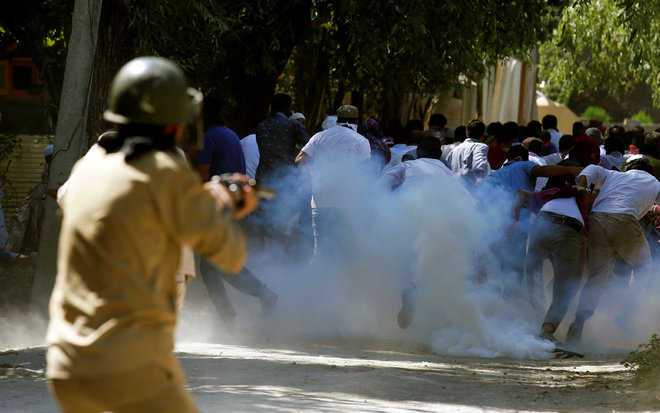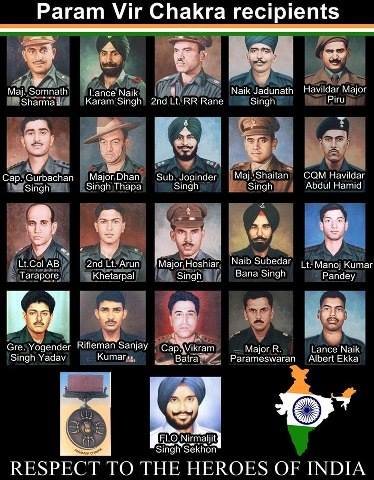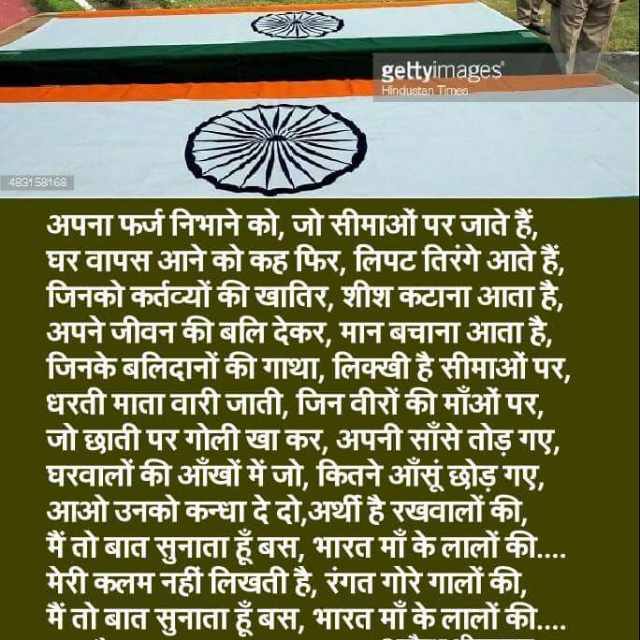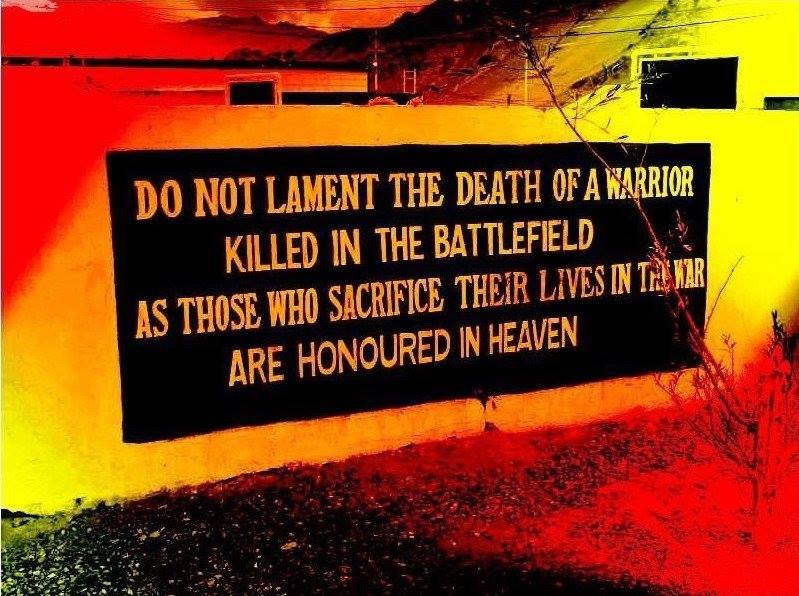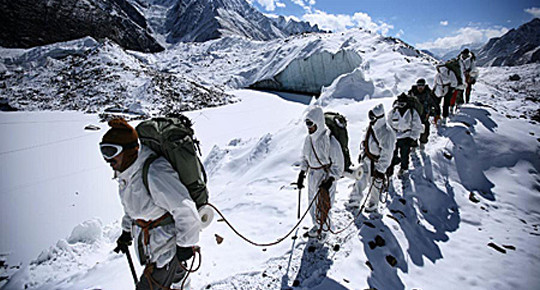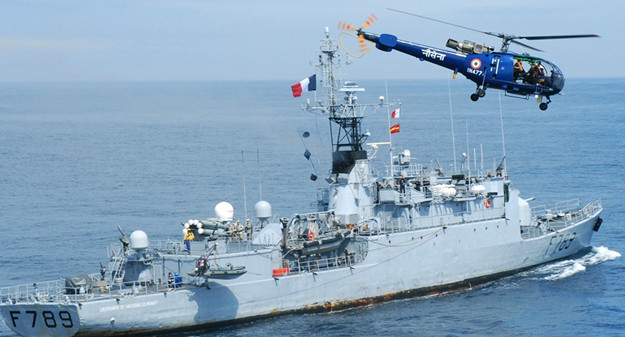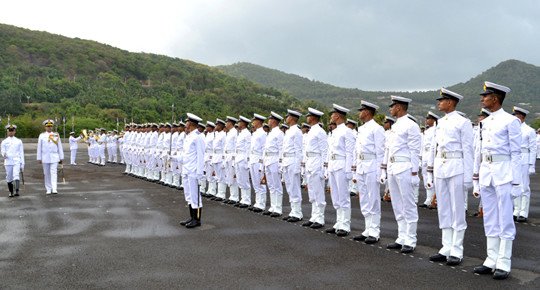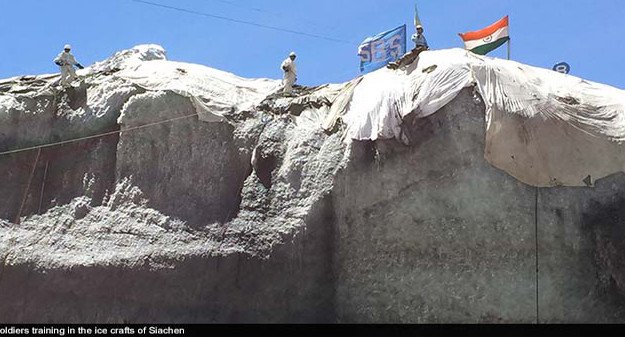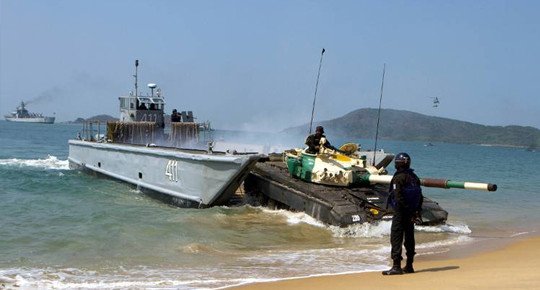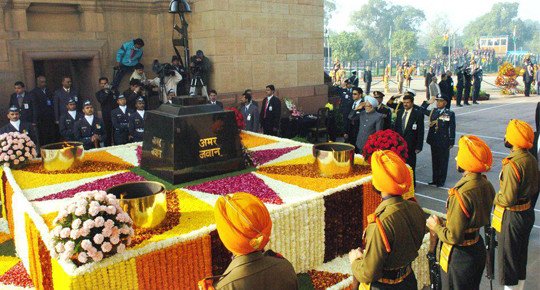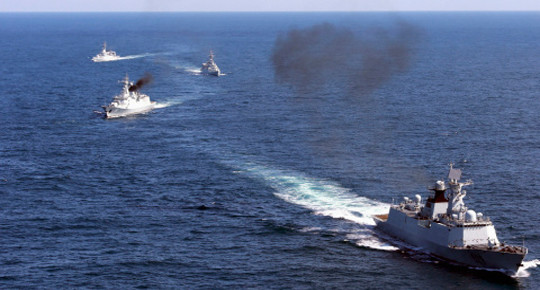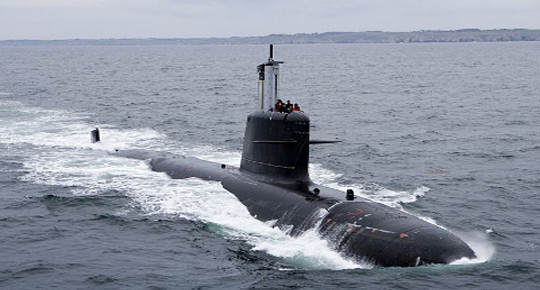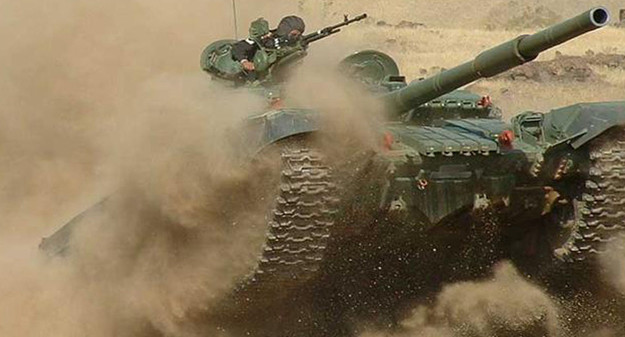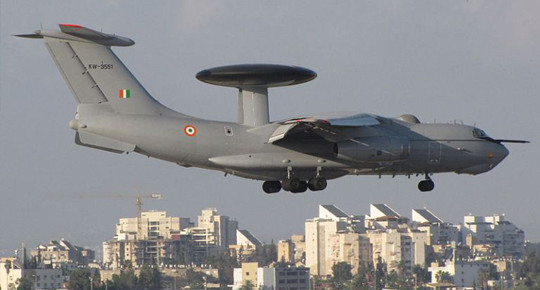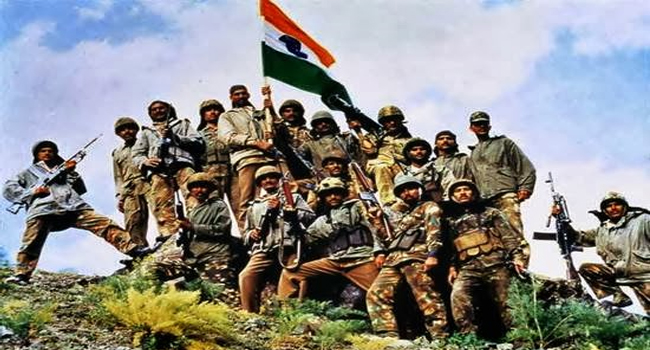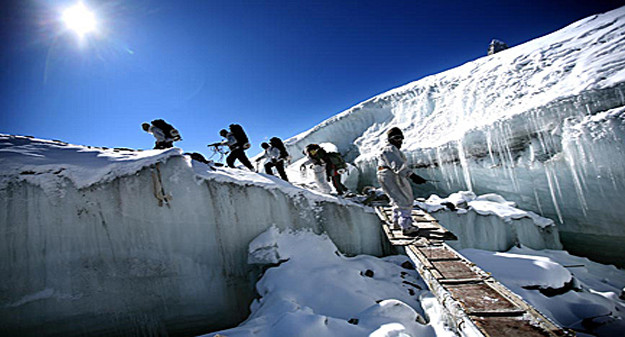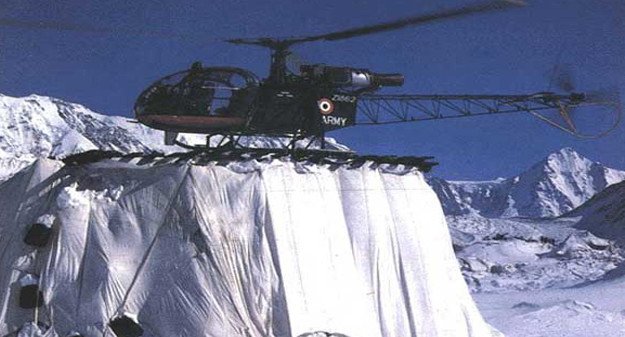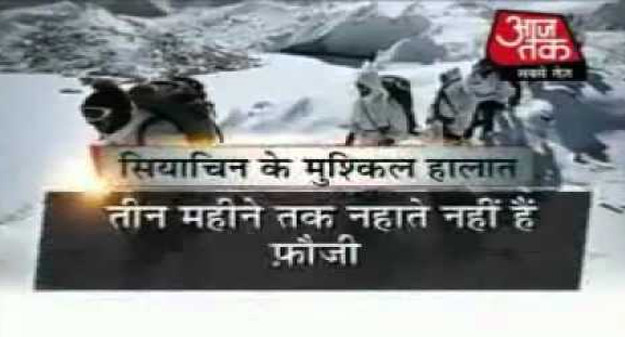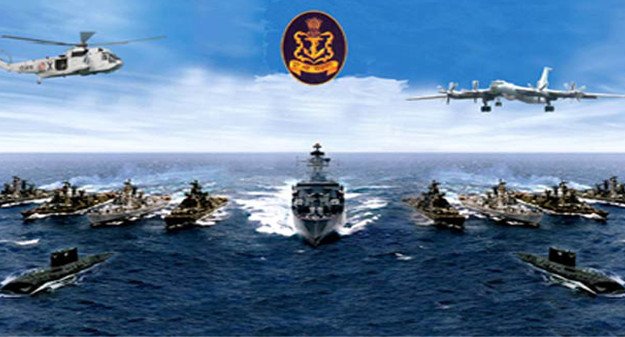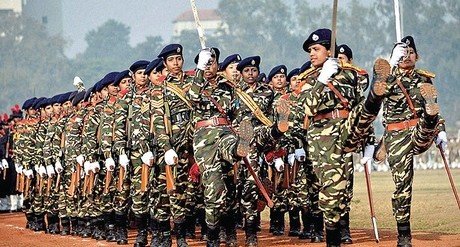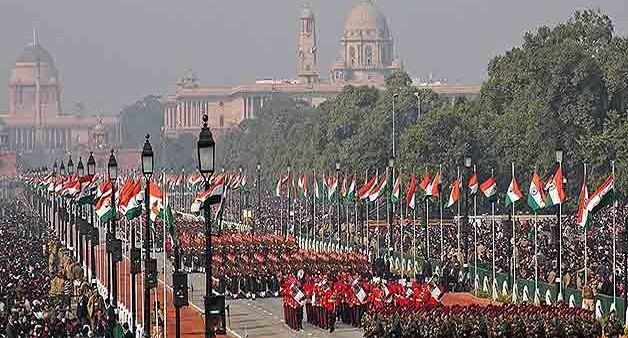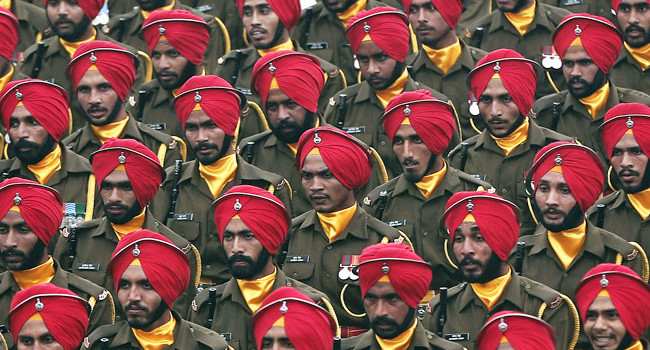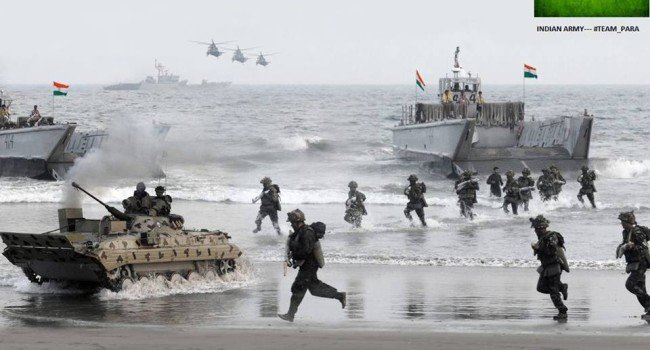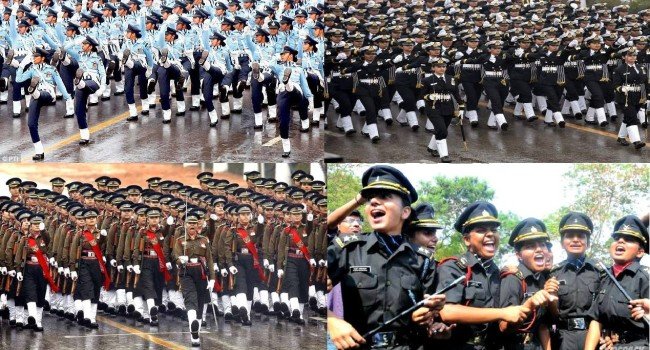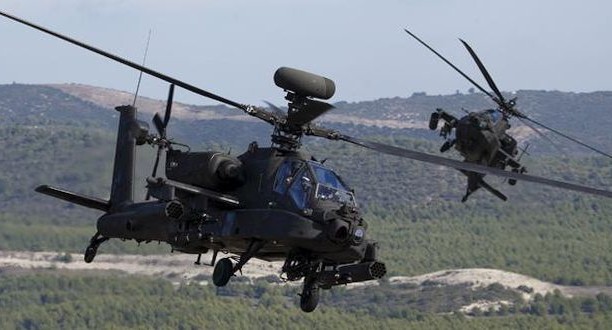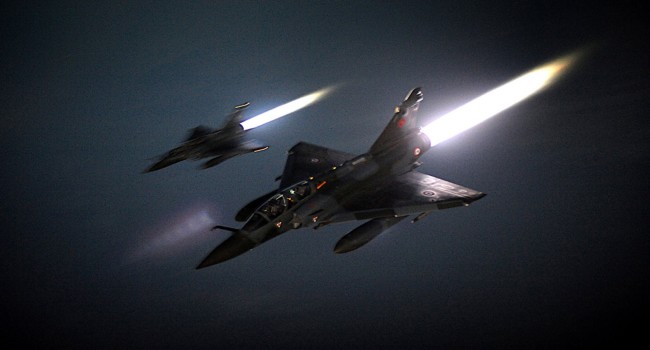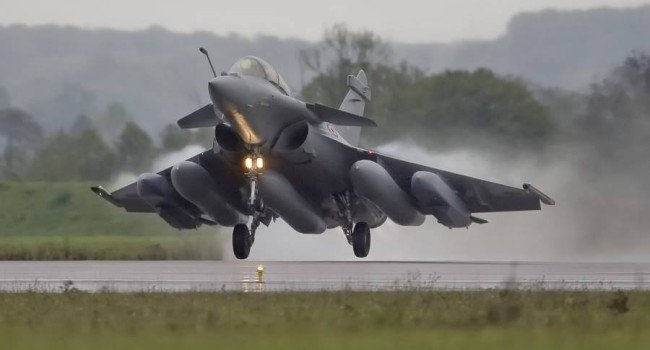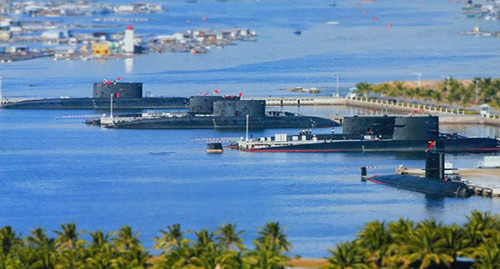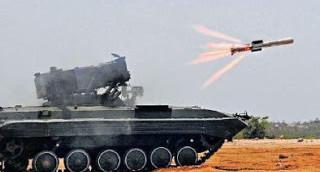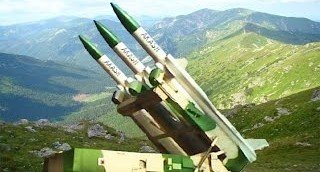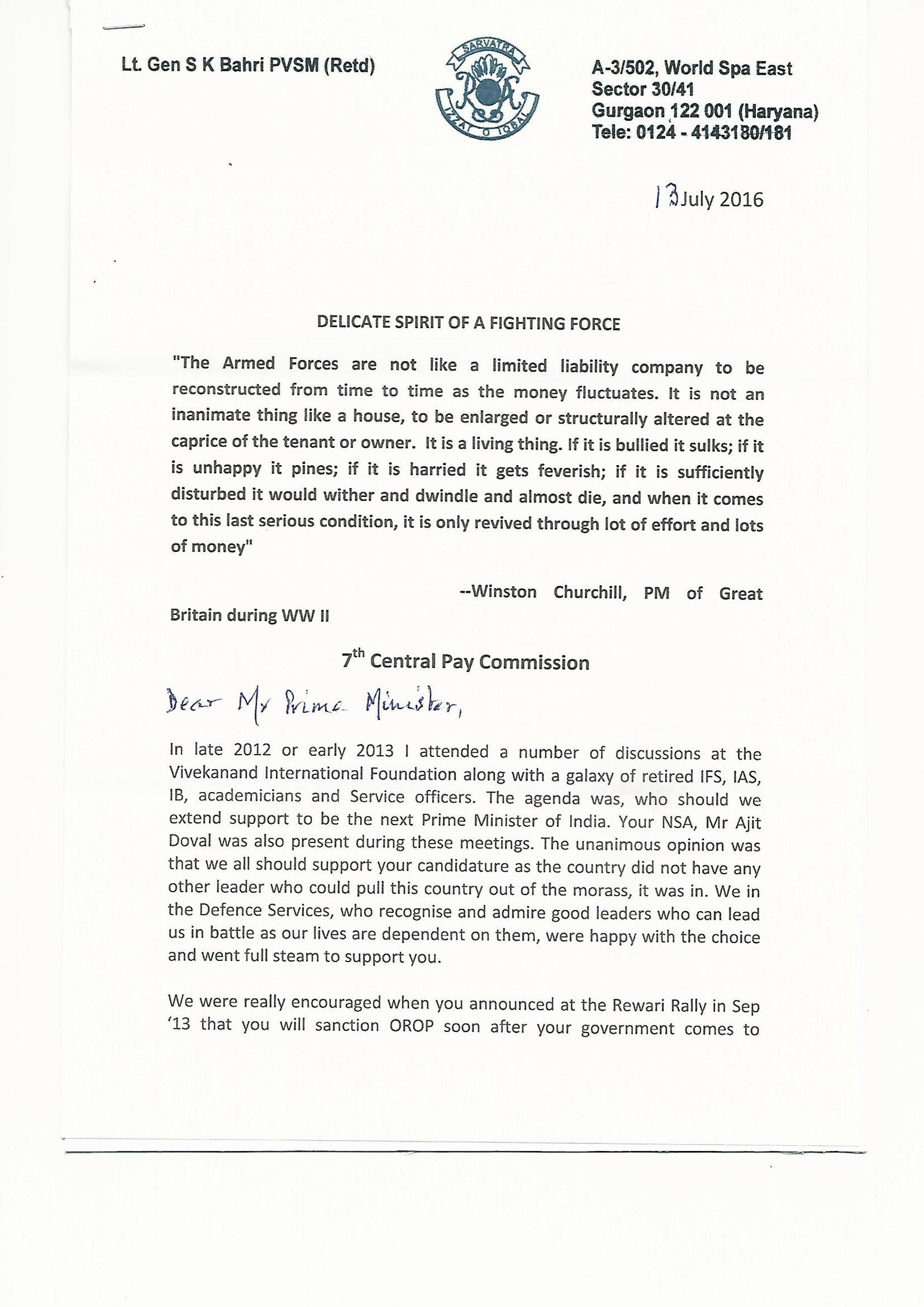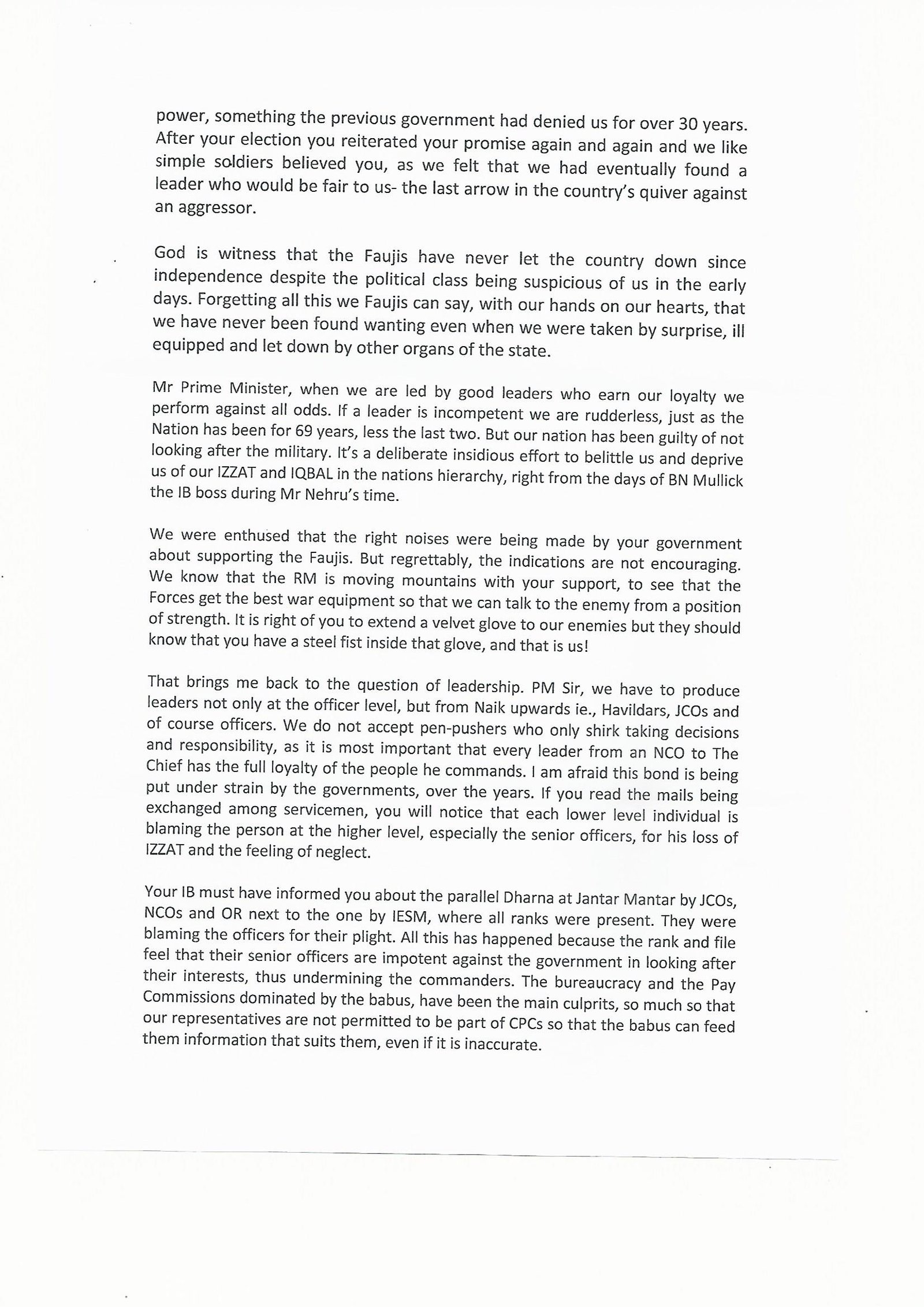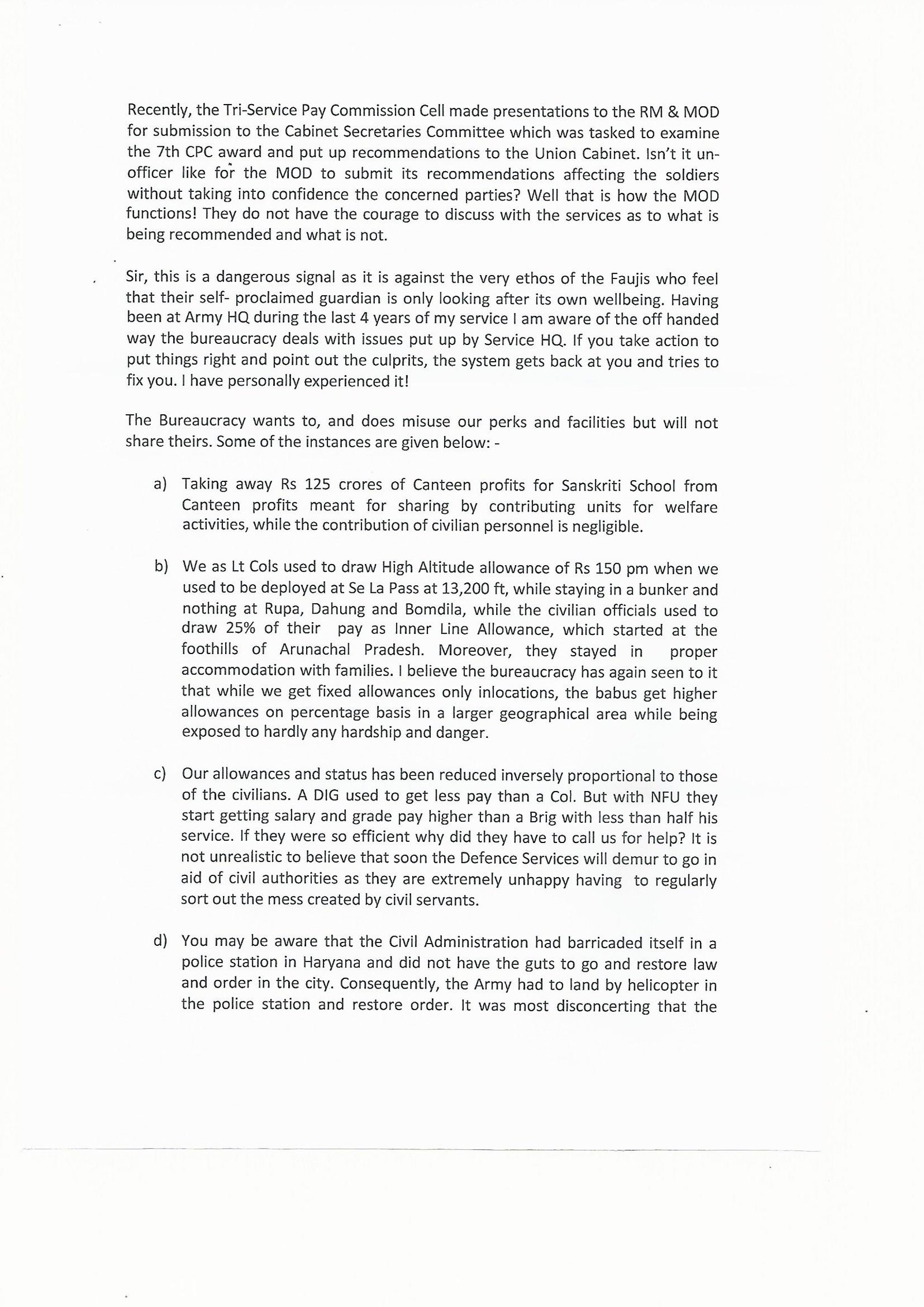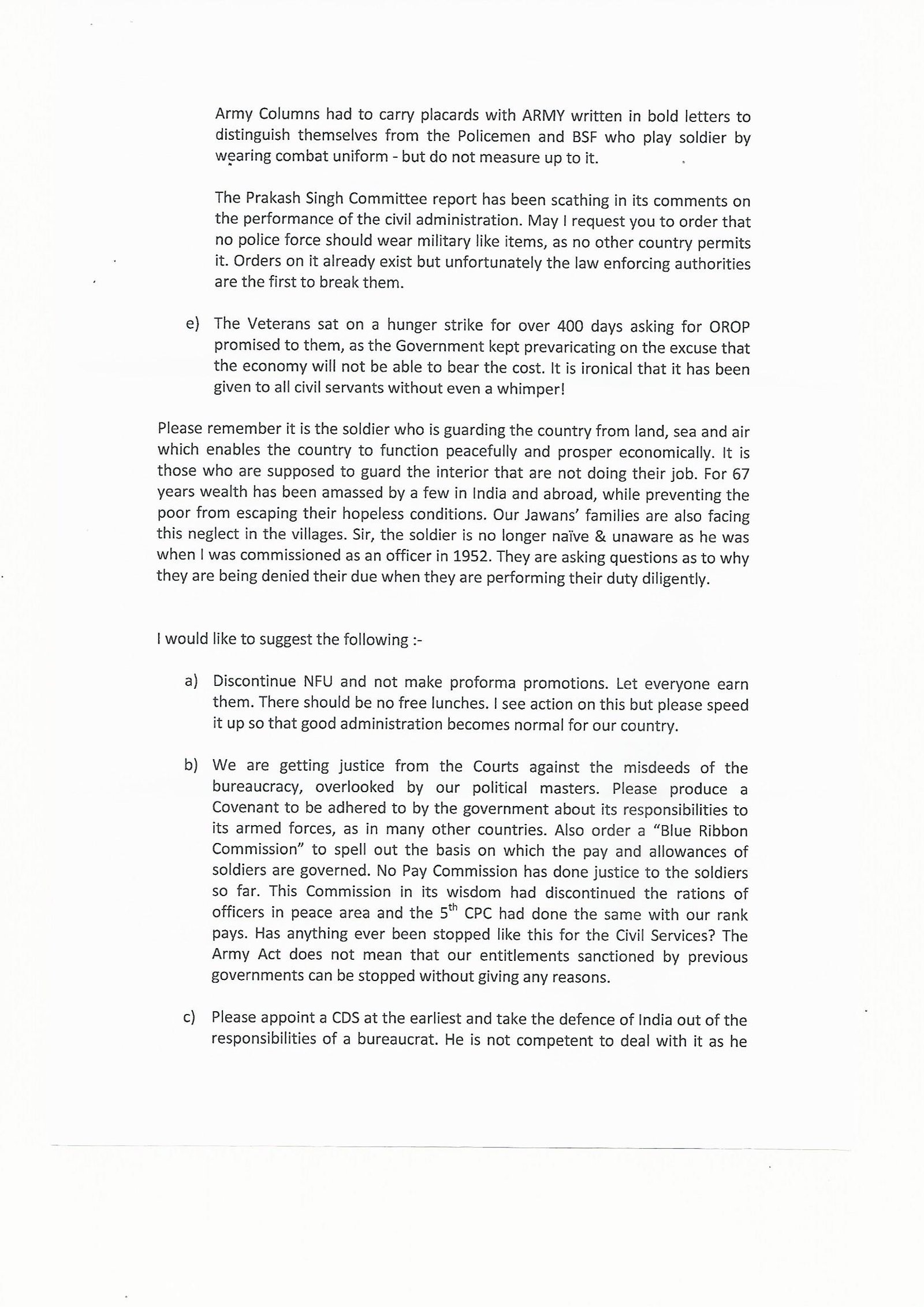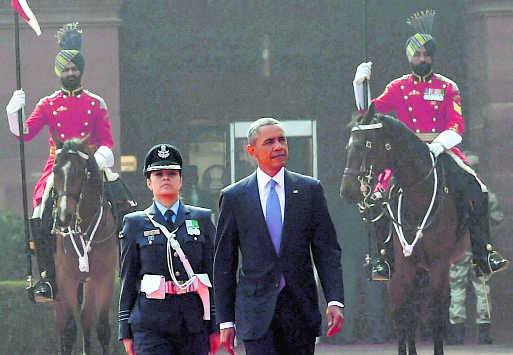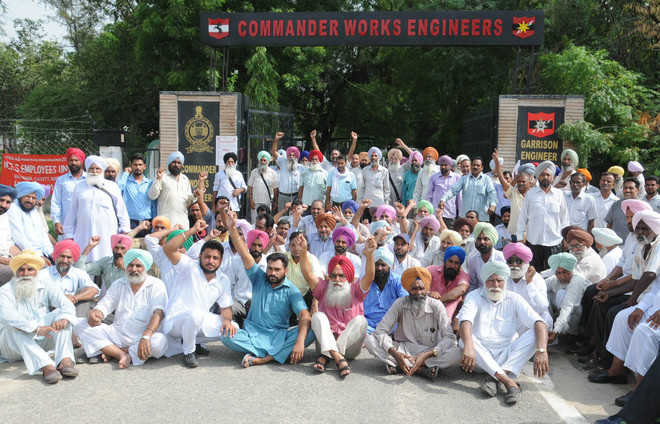
HAGUE RULING PUSHBACK Beijing hints tribunal on South China Sea was ‘bribed’, issues white paper on disputes
BEIJING: China could set up an air defence zone in the South China Sea (SCS) if it feels threatened, a top official said on Wednesday, a day after a UN-backed tribunal ruled the country had no historic rights over islands in the contested region.
AFP
Philippine and Japanese Coast Guard conduct a drill on board a Philippine Coast Guard warship.
An arbitral tribunal set up by the Permanent Court of Arbitration (PAC) in The Hague ruled that China had violated the sovereign rights of the Philippines and caused harm to the coral reef environment. A belligerent China dismissed the verdict, calling the tribunal “illegal” and the ruling “null and void”.
Vice foreign minister Liu Zhenmin told a news conference that China has the right to set up an air defence identification zone (ADIZ) over the South China Sea if “our security is being threatened”.
“Whether we need to set one up in the South China Sea depends on the level of threat we receive,” Liu said.
Setting up an ADIZ would mean that international flights flying over the waters would be required to notify China. Liu spoke while releasing a white paper explaining China’s position on the South China Sea disputes. China had set up an ADIZ over the East China Sea in 2013, prompting angry reactions from the US and Japan, though the zone was not fully enforced.
Reacting to India’s call for parties involved in disputes in the South China Sea to abide by international law to ensure calm in the region, the Chinese foreign ministry said it agreed with the opinion.
“In those public statements made by relevant governments, if it is said that the dispute should be resolved by fully complying with the international law, I think it is the same with what Chinese government is upholding,” foreign ministry spokesperson Lu Kang said when he was asked to react to India’s statement.
In an attack against the tribunal that gave the ruling on the South China Sea, Chinese officials indicated the panel could have been bribed. They said it was financed by the former government of the Philippines.
Quoting vice foreign minister Liu, Lu Kang said the tribunal was “financially supported by the former Philippines government. It is not the same as the International Court of Justice or the United Nations. These judicial organs are supported by the UN. But things (in the tribunal) are different. I believe it will be helpful to make that clear.”
The white paper explaining China’s position dismissed the Philippines’ claim on several islands and reefs. “The Philippines’ territorial claim over part of Nansha Qundao is groundless from the perspectives of either history or international law,” the paper issued by the State Council Information Office said.
It noted that the then government of the Philippines had unilaterally initiated arbitration on the South China Sea dispute in 2013.
“By doing so, the Philippines has violated its standing agreement with China to settle the relevant disputes through bilateral negotiation, has violated China’s right to choose means of dispute settlement of its own will,” it said.
Does India support China on dispute? Beijing thinks so
BEIJING: A state-run newspaper on Wednesday proudly displayed a world map showing countries that support China’s position on the South China Sea (SCS) disputes – and in what some would describe as a flight of diplomatic fancy, it included India.
 Screenshot of China Daily map showing India, with incorrect depiction of its boundary, among countries backing China.
Screenshot of China Daily map showing India, with incorrect depiction of its boundary, among countries backing China.
The countries purportedly backing Beijing, actually most of the world barring North and South America and Australia, were predictably coloured in red in the map on the front page of China Daily.
The text above the map said: “More than 70 countries have publicly voiced support for China’s position that South China Sea disputes should be resolved through negotiations and not arbitration.
In contrast, just several countries, mainly the United States and its close allies, have publicly supported the Philippines and called for observing the ruling as legally binding.”
The report raised eyebrows in New Delhi, as it came a little more than a fortnight after China blocked India’s application to join the Nuclear Suppliers Group during the elite club’s plenary in Seoul last month.
Sources in New Delhi described the report as part of a “misinformation campaign by China”. A source said: “Our statement yesterday makes our position very clear.”
Asked about the map, China’s foreign ministry told HT: “For the China Daily map, please ask the newspaper.”
